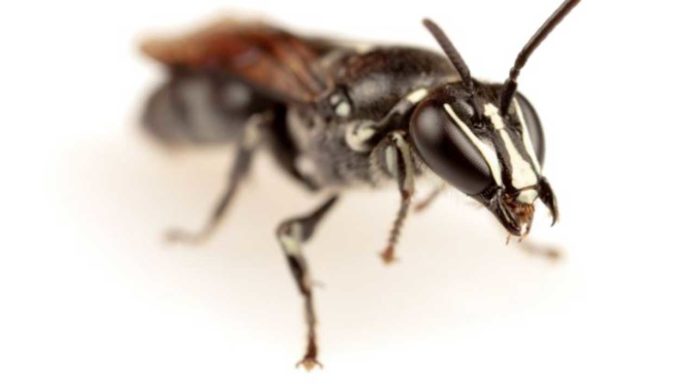Despite the ecological importance of Australian native bees: Pharohylaeus lactiferous, very little is known about their biology. The last published record of this bee species was from 1923 in Queensland.
Considering the lack of any recent sightings, scientists raised the possibility of the species’ extinction.
Pharohylaeus lactiferous was recently rediscovered after a century due to extensive sampling of 225 general and 20 targeted sampling sites across New South Wales and Queensland.
Alongside additional bee and vegetation recordings from the Atlas of Living Australia, which records 500 bee species in NSW and 657 in Queensland, the Flinders scientists looked to evaluate the latest levels of true diversity warning that habitat loss and fragmentation of Australia’s rainforests, alongside wildfires and climate change, are probably going to squeeze this and other invertebrate species.
Flinders University biological sciences Ph.D. candidate James Dorey said, “Three populations of P. lactiferous were found by sampling bees visiting their favored plant species along much of the Australian east coast, suggesting population isolation.”
“My geographical analyses used to explore habitat destruction in the Wet Tropics and Central Mackay Coast bioregions indicate the susceptibility of Queensland rainforests and P. lactiferus populations to bushfires, particularly in the context of a fragmented landscape.”
The investigation additionally cautions the species is much more vulnerable as they seem to favor specific floral specimens and are just found close to the tropical or sub-tropical rainforest – a single vegetation type.
Mr. Dorey says, “Collections indicate possible floral and habitat specialization with specimens only visiting firewheel trees, Stenocarpus sinuatus (Proteaceae), and Illawarra flame trees, Brachychiton acerifolius (Malvaceae), to the exclusion of other available floral resources.”
“Known populations of P. lactiferus remain rare and susceptible to habitat destruction (e.g., from changed land use or events such as fires). Future research should aim to increase our understanding of the biology, ecology, and population genetics of P. lactiferous.”
“While Australia is home to 1654 named species of native bee… these are often overshadowed in the eyes of the public by the widespread and invasive European honeybee.”
Journal Reference:
- James B. Dorey et al. Missing for almost 100 years: the rare and potentially threatened bee, Pharohylaeus lactiferus (Hymenoptera, Colletidae). DOI: 10.3897/jhr.81.59365
